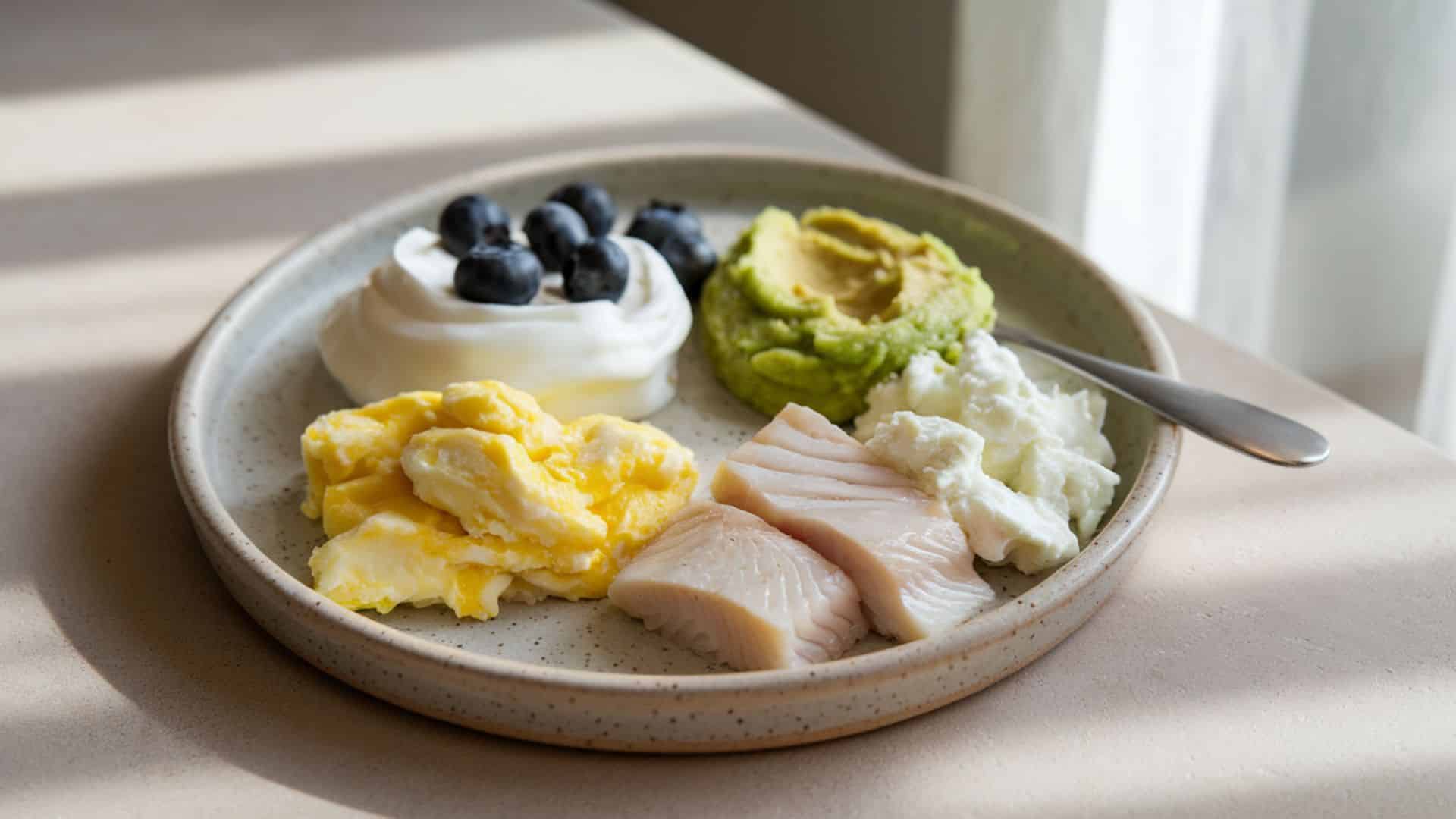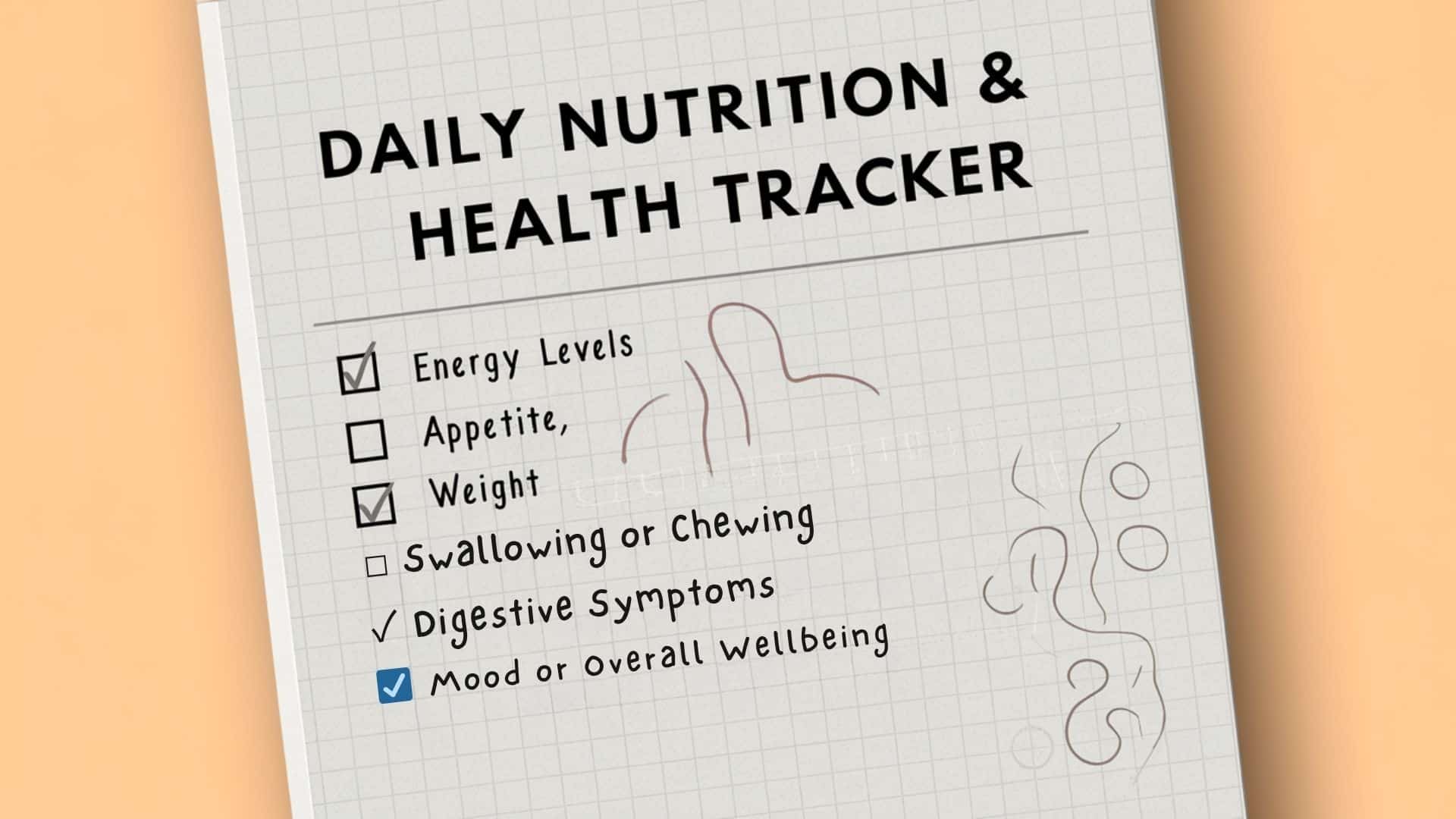Struggling to meet protein needs when chewing feels difficult or painful?
High-protein soft foods offer a solution for individuals recovering from surgery, managing dysphagia, or dealing with dental issues.
This guide covers medically sound approaches to maintaining protein intake through texture-modified diets.
Dealing with cancer recovery, elderly nutrition challenges, or post-operative healing, understanding the benefits of soft protein foods becomes essential for maintaining muscle, promoting wound healing, and supporting immune function.
Learn how to change everyday ingredients into protein-rich, easy-to-swallow meals that support recovery without compromising taste or nutritional value.
What Is a High-Protein Soft Food Diet?
A soft food diet includes foods that are easy to chew and swallow due to their tender, moist texture.
These diets are essential for individuals recovering from medical procedures, managing chronic conditions, or experiencing difficulties with chewing and swallowing.
Protein plays a vital role in healing, tissue repair, immune function, and maintaining muscle mass. During recovery, protein needs can increase significantly.
Without enough protein, individuals may experience slower wound healing, muscle loss, and reduced immunity.
Types of Soft Diets Based on Medical Need
Here’s a quick comparison of the different types of medically prescribed soft diets and what each includes.
| Diet Type | Description | Examples |
|---|---|---|
| Mechanical Soft | Foods are soft or cut into small pieces, requiring minimal chewing | Tender meats, cooked veggies, soft pasta |
| Puréed | Blended to a smooth, lump-free consistency | Puréed meats, smoothies, blended fruits |
| Full Liquid | Only liquids or foods that melt at body temperature | Protein shakes, yogurt drinks, and strained soups |
Understanding which category your diet falls into ensures you’re choosing the right foods for your condition and recovery needs.
Medical Benefits and Nutritional cGoals
A high-protein soft food diet isn’t just about ease of eating; it’s a critical tool for healing and recovery.
Meeting your body’s increased protein and calorie needs can significantly improve strength, immunity, and overall outcomes.
| Nutritional Focus | Key Points | Tips for a High-Protein Soft Food Diet |
|---|---|---|
| Protein Intake | Protein needs increase by 50% or more during illness or recovery | Aim for 25–30 grams of protein per meal to boost muscle repair and healing |
| Calorie Density | Crucial for patients with low appetite or early satiety | Incorporate healthy fats like nut butters, cream, and avocado to increase calories without adding volume |
| Hydration | Soft foods provide fluids, but additional liquids are essential |
Drink plenty of fluids to prevent dehydration, which can worsen constipation and disrupt electrolyte balance |
Prioritizing protein-rich, calorie-dense foods and proper hydration is essential for effective recovery and maintaining strength on a high-protein diet.
Soft Foods to Include in Your Diet
Choosing the right soft foods ensures you’re getting both nutrition and comfort with every bite. Focus on protein-rich, easy-to-swallow options that support healing without compromising safety or flavor.
1. Soft Fruits and Vegetables
Recommended options include ripe bananas, melons, peaches, and pears (cooked or canned), as well as cooked carrots, sweet potatoes, and green beans. Applesauce and puréed vegetables are also safe and easy to consume.
Avoid raw vegetables like carrots, celery, and broccoli, as well as fruits with skins, seeds, or fibrous textures such as pineapple and grapes.
2. High-Protein Foods
Below is a breakdown of high-protein soft foods, their average protein content, and how to prepare them for optimal texture and nutrition.
| Food | Protein (approximate) | Preparation Tips |
|---|---|---|
| Greek yogurt | 15–20g per cup | Choose plain and add your own flavoring |
| Cottage cheese | 14g per ½ cup | Blend for smoother consistency |
| Eggs | 6g per egg | Scramble with milk or blend into salads |
| Tofu | 10g per ½ cup | Use silken in smoothies, soft in soups |
| Tender fish | 20–25g per 3 oz | Poach or bake with moisture |
| Nut butters | 8g per 2 tbsp | Thin with milk or mix with other foods |
| Refried beans | 7g per ½ cup | Mash for smoother consistency |
| Soft-cooked poultry | 25g per 3 oz | Braise or shred and mix with the sauce |
Incorporating these foods into your meals can help meet protein goals while keeping textures safe and manageable.
3. Calorie-Boosting Additions
- Fortified milk and cream
- Avocados (240 calories per medium fruit)
- Oils like olive or avocado oil (120 calories per tablespoon)
4. Grains and Starches
Recommended grains and starches include cream of wheat and oatmeal cooked soft with extra liquid, soft pasta like orzo or macaroni served with sauce, mashed white rice or creamy risotto, and soft, crustless breads, pancakes, or French toast.
Avoid dry toast, crusty or seeded breads, crackers, chips, and granola, as they can be difficult to chew and swallow safely.
Foods to Avoid in Your Soft Food Diet
Certain foods can pose a choking hazard or be difficult to chew and swallow safely on a soft food diet. Avoiding these items helps reduce discomfort and prevents potential complications during recovery.
- Tough, dry meats such as steak or pork chops
- Raw, crunchy vegetables and hard fruits
- Hard foods: nuts, popcorn, hard candy
- Sticky items like thick peanut butter or caramel
- Stringy foods like celery, pineapple, or string cheese
- Crunchy snacks like chips, crackers, or raw apples
Carefully steering clear of these foods supports a safer, more comfortable eating experience while promoting healing.
Soft Protein Food Meal Preparation Guidelines
Proper preparation is key to maintaining both the nutritional value and safe texture of soft foods. Using the right cooking and blending techniques helps make meals easier to eat without sacrificing flavor or nutrients.
1. Food Safety
Cook all meats to safe internal temperatures to ensure food safety: poultry should reach 165°F, fish 145°F, and ground meats 160°F.
Refrigerate leftovers within two hours of cooking and use them within three days, or freeze for longer storage. Always label storage containers with preparation dates to keep track of freshness.
2. Cooking Techniques
- Steam vegetables to preserve nutrients
- Blend puréed foods with broth, milk, or cooking liquid (avoid water for flavor retention)
- Mash foods like potatoes, beans, or avocados for texture
3. Protein Enhancement
- Add unflavored protein powder to mashed potatoes, smoothies, and soups
- Use powdered milk in regular milk to increase protein content
- Mix grated cheese into hot foods for seamless incorporation
4. Swallowing Considerations
Always follow the texture guidelines provided by healthcare professionals to ensure safety. Use prescribed liquid consistencies, such as nectar-thick or honey-thick liquids, as recommended.
Speech therapists play a crucial role in assessing swallowing ability and determining the safest food and liquid textures to prevent choking or aspiration.
Tracking Progress and Making Adjustments in Your Diet
Monitoring your progress on a high-protein soft food diet is essential to ensure nutritional needs are being met and recovery is on track.
Regularly assessing physical signs and symptoms helps guide necessary adjustments for optimal healing and comfort.
Signs of Good Nutritional Status:
- Stable or improving energy levels
- Healing wounds and reducing inflammation
- Maintenance or healthy gain in weight
- Stable or improved muscle strength
When to Consult a Healthcare Provider:
- Unexplained weight loss despite eating
- New swallowing or digestive issues
- Constipation, diarrhea, or bloating that persists
- Appetite loss lasting more than three days
Support services include registered dietitians, who design calorie and protein needs, and speech therapists, who assist with safe swallowing through texture modifications.
Conclusion
Implementing high-protein soft foods supports recovery and daily nutrition for individuals with difficulties related to chewing or swallowing.
From Greek yogurt and tender fish to smooth nut butters and well-cooked eggs, numerous options exist for meeting protein requirements safely.
The key lies in proper preparation, consistent monitoring, and working closely with healthcare professionals to refine your approach.
Remember that soft protein foods provide more than sustenance; they deliver essential building blocks for healing, muscle preservation, and immune strength.
Start with simple recipes, track your progress, and adjust textures as your condition improves. Prioritize nutrition, listen to your body, and seek professional guidance when needed.











